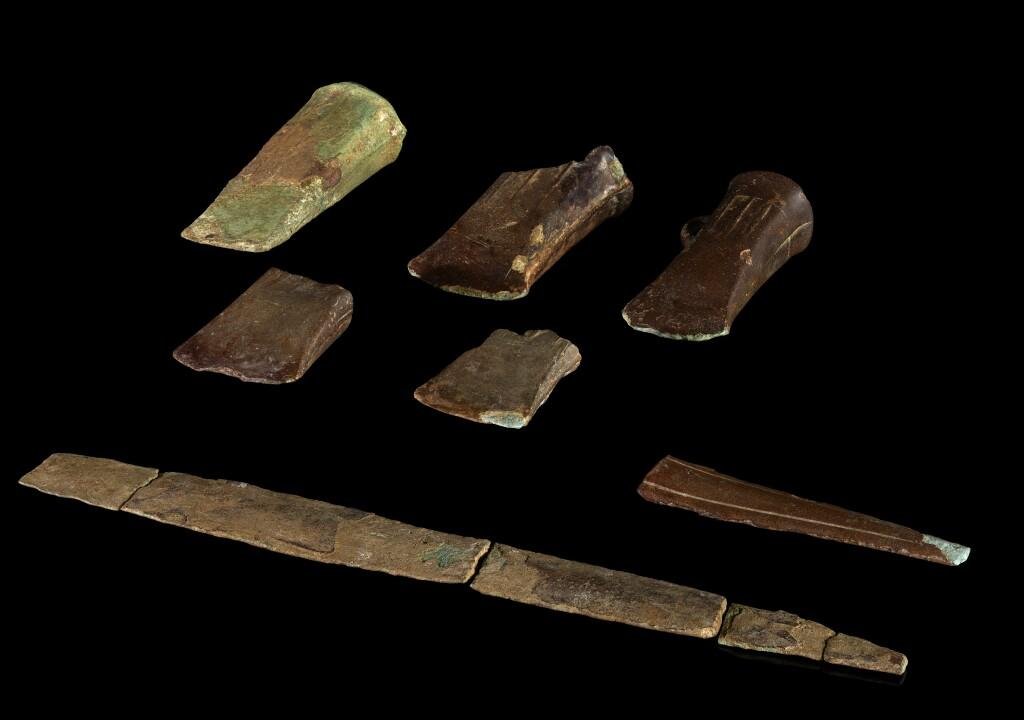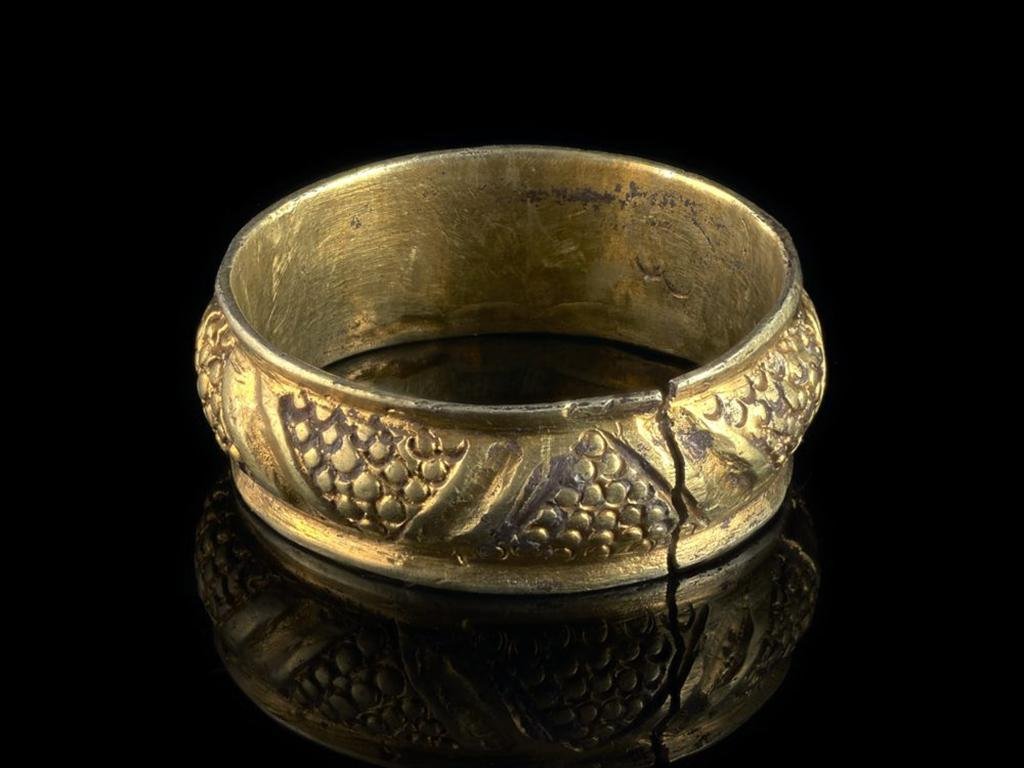A metal detectorist named Valentinas Avdejevas stumbled upon a rare Roman artifact in the Vale of Glamorgan, South Wales, in June 2020. The find, now officially declared a treasure under the 1996 Treasure Act, includes a Roman silver “ligula” or “toilet spoon.” This unique implement, made of silver, is believed to have served multiple purposes in ancient Roman daily life.
 The Roman ligula or toilet spoon discovered in Wales. Credit: Amgueddfa Cymru
The Roman ligula or toilet spoon discovered in Wales. Credit: Amgueddfa Cymru
The discovery was promptly reported to the Portable Antiquities Scheme for Wales (PAS Cymru) and has since garnered attention from experts and museums. Evan Chapman, Chief Archaeology Curator at the National Museum Wales, identified the treasure. The ligula, characterized by a long handle and a small circular bowl on one end, was originally straight but found bent in two places.
Roman ligulae were versatile tools widely used for hygiene and medical purposes. They were employed in extracting cosmetics and perfumes from long-necked bottles and applying them to the face or body. Additionally, ligulae played a role in medical procedures, including the extraction and application of medicines.
While ligulae were commonly made from copper, the use of silver in crafting such implements points to potential medical applications, given silver’s antimicrobial properties, effective against bacteria, fungi, and specific viruses.
 A Bronze Age hoard of seven artifacts is also discovered. Credit: Amgueddfa Cymru
A Bronze Age hoard of seven artifacts is also discovered. Credit: Amgueddfa Cymru
The Cowbridge and District Museum has expressed interest in acquiring this remarkable find, and it is set to be independently ᴀssessed by the Treasure Valuation Committee to determine its fair market value.
The Roman ligula is not the only treasure discovered in the area. A hoard of seven bronze artifacts was also uncovered in the Pendoylan of the Vale of Glamorgan, dating back to the Late Bronze Age (1000-800 BCE). This hoard includes fragments from a pair of bronze swords and five bronze socketed axes.
Chris Griffiths, a PhD researcher with Amgueddfa Cymru – Museum Wales and the University of Reading, said: “This hoard is unusual as it contains fragments from two swords, one of which is a blade tip fragment with decorative grooves which was made in north-western France. This small sword fragment, therefore, forms a key part of a much wider story, connecting those people who lived in Pendoylan Community with those who lived in north-western France, around 3,000 years ago.”
 16th-century finger ring, adorned with eight bead panels arranged in a zigzag pattern. Credit: Amgueddfa Cymru – Museum Wales
16th-century finger ring, adorned with eight bead panels arranged in a zigzag pattern. Credit: Amgueddfa Cymru – Museum Wales
Other treasures declared at the same time include a gold-silver ring, likely from the early 16th century, adorned with eight bead panels arranged in a zigzag pattern. The diverse range of artifacts underscores the rich history and archaeological significance of the region.
The exact age of the Roman toilet spoon remains undetermined, but based on historical context, it could be over 1,600 years old. The ancient Roman empire’s influence in the United Kingdom from 40 CE to 400 CE. adds a layer of historical depth to this remarkable find.





